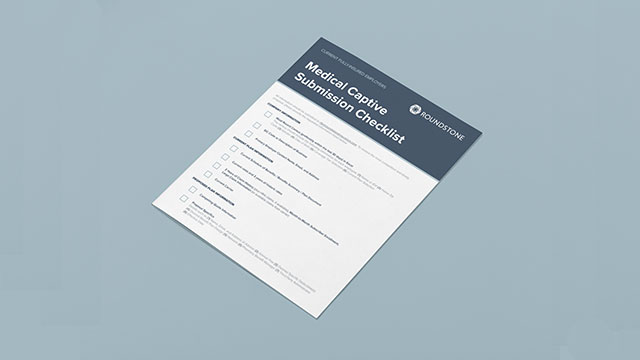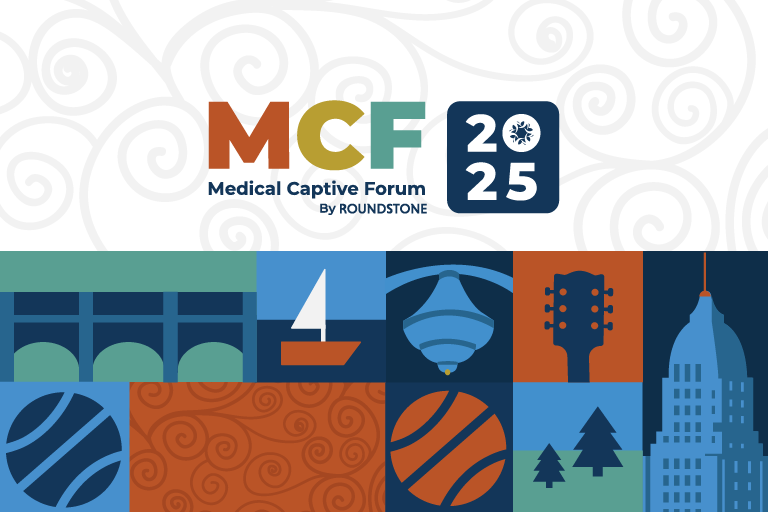Hiring has gotten a little better in the wake of the Great Resignation, but HR still doesn’t sleep great at night.
According to a survey from the Harris Poll commissioned by Express Employment Professionals, 85% of U.S. hiring managers continue to experience hiring challenges in 2023.
It’s still challenging to retain top talent and even more difficult to hire it. Increased competition, a continuing labor shortage, rampant employee turnover, and greater demand for quality benefits are HR’s top concerns.
Employees want better healthcare – and whether or not they’re satisfied with what a company offers is often their primary reason to stay or decide to take an employment offer.
An America’s Health Insurance Plans survey found that 56% of US adults with employer-provided health benefits claim those benefits are the number one factor when deciding to stay or quit their current job.
Simultaneously, health insurance benefits are breaking the company bank – making it more difficult to provide affordable quality benefits and still afford attractive compensation for employees in a tough hiring market.
Healthcare has become a top business expense, second only to payroll, and has grown a whopping 152% in the last decade, according to a Mercer survey. Costs are expected to double in the next four years.
But self-funded health insurance provides a way for employers to provide affordable, high-quality benefits to their employees. By using a Group Medical Captive model, companies with as few as 25 employees can confidently self-insure and enjoy the savings and quality of a self-funded health insurance plan.
Could self-insured affordable healthcare be HR’s antidote to employee dissatisfaction? By self-insuring their health plans on a Group Medical Captive model, companies can afford high-quality insurance, improve retention, and attract premium talent.
Here’s how.
Why Are Employees Dissatisfied? The Trillion Dollar Cost of Talent Turnover
High turnover is more than a frustrating inconvenience. It’s an exorbitant expense that saps culture, productivity, and profits, often more than we realize.
In fact, voluntary employee turnover alone costs U.S. companies $1 trillion every year, according to a Gallup poll.
Turnover right now is especially high. Last year, 72.3 million workers left their jobs, according to the U.S. Bureau of Labor Statistics.
And quality benefits, or the lack thereof, are a major contributor to whether or not employees stick around. More than 90% of employees say benefits are critical to overall job satisfaction, and almost 60% cite perks and benefits as the top factor in deciding to accept a job offer.
Employees who are satisfied with their benefits have double the retention rate as those who aren’t, according to a LIMRA 2022 Beat Survey. More than a third of employees said improving their benefits package would keep them in their jobs.
Providing affordable, high-quality benefits can be an important retention and hiring tool, right up there with a competitive salary. In fact, 80% of employees would rather choose a job with benefits over an identical job that offered 30% more salary but no benefits, according to a AICPA Employee Benefits Report.
The Cost of Dissatisfaction to a Company’s Profit Margin
Sadly, only 61% of employees who receive benefits are satisfied with them. Simultaneously, both employers and employees are paying more for their benefits, yet getting less in return. Average costs for health plans rose 6.5% in 2023, to more than $13,800 per employee, according to Consumer Price Index data from the Bureau of Labor Statistics.
The cost of healthcare premiums is rising faster than wages, and it’s often the workers who bear the brunt. Average annual premiums for individual coverage have risen more than $225 per year, and family coverage has risen more than $700 per year on average, according to the Center for American Progress.
The more companies spend on healthcare, the harder it is to afford competitive salaries, making it more challenging to attract top talent. This in turn can erode profits. It’s a vicious cycle that’s only getting worse as healthcare costs continue to escalate in an increasingly competitive hiring market.
Self-Funded Health Insurance: An Affordable Solution for Small to Midsize Businesses
But the truth is companies can afford high-quality benefits through a self-insured plan.
With self-funded health insurance, you only pay for the insurance you need, the insurance you actually use. In essence, you get the insurance you deserve and are not overcharged on the unused premium spend fully funded insurance companies rely on to reap enormous profits.
Until recently, self-funded insurance was considered too risky for all but the largest corporations. They didn’t have the employee capacity to ensure risk predictability – and couldn’t afford the chance of taking a catastrophic hit.
But that’s all changed with the introduction of the group captive to the self-insured market. In 2005, Roundstone revolutionized the self-funded insurance world by launching the industry’s first Group Medical Captive. It pools numerous small to midsize businesses together so they can offset risk.
Today, Roundstone’s Group Medical Captive insures over 700 companies and 120,000 lives. Companies with as few as 25 employees can self-insure as confidently as the Fortune 500s.
How Roundstone’s Self-Funding Works Under a Group Medical Captive Model
Roundstone’s Group Medical Captive pools numerous small to midsize captives together so they can self-insure with similar risk predictability as a Fortune 500.
Employers self-fund the claims of their employees up to a set deductible, typically $15,000 to $25,000, or a set aggregate deductible for all employees in the company. Claims above the deductible are covered by stop-loss insurance, up to $500,000. Claims above $500,000 are covered by reinsurance to avoid the expense of catastrophic claims.
Employers contribute to the Group Medical Captive, which is used to fund the stop-loss claims of the group. Any unused claims in the captive are refunded back to members, pro-rata, at the end of the year. Refunds are based on overall group performance, not the performance of any one particular company. You can still receive a refund even if you had a bad claims year.
Every year, Roundstone writes checks in the 10s of thousands of dollars as refund back to captive members. In 2022, Roundstone distributed $24.4M unspent captive premium pro rata.
You are free to spend that money as you wish – spend it, bank it, or earmark it for next year. One Roundstone client invested their refund into a company gym, which drove down healthcare expenses and resulted in substantial savings in subsequent years.
Roundstone’s Guaranteed Savings in a Self-Funded Plan
Roundstone’s clients tend to save an annual 20% through a group captive self-funded plan over what they paid fully insured. Over time, that savings can add up considerably. In fact, two-thirds of Roundstone customers save enough in their first four years to pay the claims for their entire fifth year. And 100% save money, full stop.
That’s the Roundstone guarantee – you’ll save in the first five years with our self-insurance solution or we’ll make up the difference.
At Roundstone, we believe in drinking our own champagne. Our own employees are covered under a self-funded health plan. In the last 8 years, we haven’t raised employee contributions a dime.
Because of the affordability of Roundstone’s self-insurance solution, you often don’t have to raise employees’ premiums year over year. This removes stress from families and improves employee satisfaction.
Since you’re spending less on health benefits, you have more leverage to afford competitive compensation and attractive employee perks that improve your employee retention and talent base. You are better positioned to invest in resources that improve your company’s bottom line.
It all begins with solving the escalating crisis of out-of-control healthcare costs. Self-insurance on the group captive model lets small to midsize businesses take control of their benefits spend. This in turn empowers employees, the primary driver of everything your business depends on for success.
Better healthcare nurtures better companies. Give us a call to see if self-funded health insurance could be your solution to improved retention and talent attraction.













